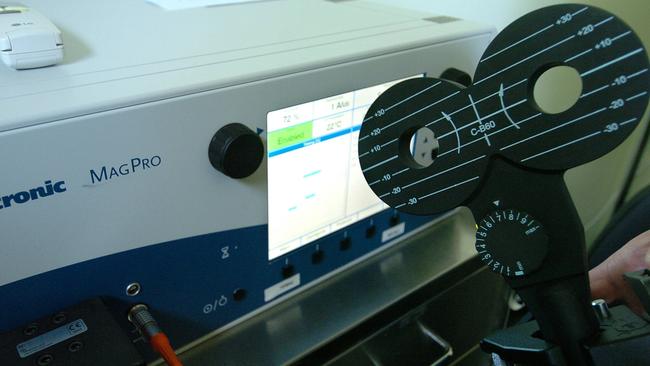Jabberwocky
Frumious Bandersnatch
SCIENTISTS believe they could be on the way to curing cocaine addiction after successfully defeating dependency to the drug in mice.
Mount Sinai researchers in New York say they have identified a protein produced by the immune system ? granulocyte-colony stimulating factor (G-CSF) ? which may be specifically responsible for the development of cocaine addiction.
They say the molecule, which affects the reward centres of the brain, is found in the blood and brain at higher levels in repeat users of the Class A drug.
The scientists used a treatment which neutralises G-CSF as medication in the successful experiment on mice. And, the treatment is already known to be safe in humans.
?The results of this study are exciting because outside of 12-step programs and psychotherapy, no medication-assisted therapy exists to treat cocaine addiction,? lead researcher Dr Drew Kiraly and assistant professor of psychiatry at Icahn School of Medicine at Mount Sinai told The Independent .
Researchers injected G-CSF into the ?nucleus accumbens?, a brain region associated with reward, which caused the mice to take more cocaine.
However, they found that the protein does not change the animal?s motivation to consume a more natural reward, sugar water.
?Drugs that manipulate G-CSF already exist as Food and Drug Administration-approved medications,? said Kiraly.
?Once we clarify how it can best be targeted to reduce addiction-like behaviours, there is a high possibility that treatments targeting G-CSF could be translated into clinical trials and treatments for patients.?

According to National Geographic, scientists around the world are looking at medications to treat cocaine addiction and some are even using electromagnetic treatments such as transcranial magnetic stimulation (TMS).
A TMS patient, Patrick Perotti from Genoa, Italy told the magazine that the electromagnetic technique has finally suppressed his addiction to cocaine. It came after almost nine months in rehab which failed to quell the dependency which ruined his life.
?I began to use cocaine with rage,? he said. ?I became paranoid, obsessed, crazy. I could not see any way to stop.?
Perotti?s psychiatrist Luigi Gallimberti said his transcranial magnetic stimulation has also worked on other patients with similar success. He and his colleagues are planning a large-scale trial and technique is now being tested for other types of addiction by researchers around the world.
Source: http://www.news.com.au/lifestyle/he...n/news-story/3f2c4de1a99f8245f2506ee0e9a09505
Mount Sinai researchers in New York say they have identified a protein produced by the immune system ? granulocyte-colony stimulating factor (G-CSF) ? which may be specifically responsible for the development of cocaine addiction.
They say the molecule, which affects the reward centres of the brain, is found in the blood and brain at higher levels in repeat users of the Class A drug.
The scientists used a treatment which neutralises G-CSF as medication in the successful experiment on mice. And, the treatment is already known to be safe in humans.
?The results of this study are exciting because outside of 12-step programs and psychotherapy, no medication-assisted therapy exists to treat cocaine addiction,? lead researcher Dr Drew Kiraly and assistant professor of psychiatry at Icahn School of Medicine at Mount Sinai told The Independent .
Researchers injected G-CSF into the ?nucleus accumbens?, a brain region associated with reward, which caused the mice to take more cocaine.
However, they found that the protein does not change the animal?s motivation to consume a more natural reward, sugar water.
?Drugs that manipulate G-CSF already exist as Food and Drug Administration-approved medications,? said Kiraly.
?Once we clarify how it can best be targeted to reduce addiction-like behaviours, there is a high possibility that treatments targeting G-CSF could be translated into clinical trials and treatments for patients.?
According to National Geographic, scientists around the world are looking at medications to treat cocaine addiction and some are even using electromagnetic treatments such as transcranial magnetic stimulation (TMS).
A TMS patient, Patrick Perotti from Genoa, Italy told the magazine that the electromagnetic technique has finally suppressed his addiction to cocaine. It came after almost nine months in rehab which failed to quell the dependency which ruined his life.
?I began to use cocaine with rage,? he said. ?I became paranoid, obsessed, crazy. I could not see any way to stop.?
Perotti?s psychiatrist Luigi Gallimberti said his transcranial magnetic stimulation has also worked on other patients with similar success. He and his colleagues are planning a large-scale trial and technique is now being tested for other types of addiction by researchers around the world.
Source: http://www.news.com.au/lifestyle/he...n/news-story/3f2c4de1a99f8245f2506ee0e9a09505



